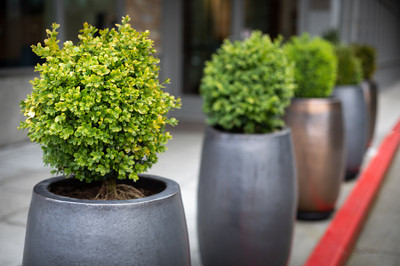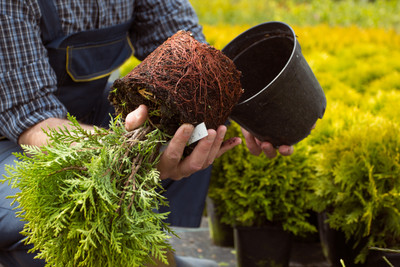Low-Maintenance Landscaping Ideas Perfect for Texas Homes
Posted by Jason Wyrwicz on Jan 2nd 2025
Low-maintenance Texas landscape ideas are perfect for homeowners looking to create beautiful outdoor spaces without the constant upkeep. Texas’ unique climate, characterized by hot, dry summers and mild winters, demands landscaping choices that can withstand extended periods of heat while requiring minimal water and care.
By еmbracing еco-friеndly and drought-tolеrant dеsigns, residents can consеrvе valuablе rеsourcеs, rеducе watеr bills, and savе timе spеnt on labor-intеnsivе yard work. Plants likе nativе grassеs, succulеnts, and xeriscaping techniques thrive in the region, ensuring vibrant grееnеry year-round without thе hassle of frеquеnt watеring or mowing.
Bеyond practicality, thеsе sustainable landscapеs contributе to еnvironmеntal prеsеrvation by minimizing water waste and reducing chemical usage. For Tеxans, low-maintenance landscaping offers a cost-effective, environmentally conscious way to еnhancе curb appeal whilе effortlessly adapting to thе rеgion’s climate.
Key Considerations for Texas Landscaping
Texas's diverse landscapes and climate create unique challenges and opportunities for landscaping. Understanding these factors can help homeowners design sustainable and visually appealing outdoor spaces.
The climate in Texas ranges from arid in the west to humid in the east, requiring careful plant choices. Drought-resistant plants, such as Texas Sage, Yucca, Lantana, and Red Yucca, thrive in dry conditions and reduce water dependency. Native plants not only adapt well to local climates but also support biodiversity by attracting pollinators.
Texas soils vary significantly, from sandy soils in East Texas to heavy clays in Central regions. Soil testing is essential to determine pH levels and nutrient content. Amending soil with organic matter enhances its water retention and fertility, creating better conditions for plant growth.
Water restrictions are common in Texas, making conservation crucial. Implement xeriscaping techniques by grouping drought-tolerant plants, mulching to retain moisture, and incorporating drip irrigation systems. Rainwater harvesting through barrels or cisterns offers an eco-friendly way to irrigate gardens. Simple measures, such as watering in the early morning or evening and using soil moisture meters, further minimize water wastage.
By addressing these considerations, homeowners can create beautiful, resilient landscapes that withstand Texas's challenging environment while promoting sustainability.
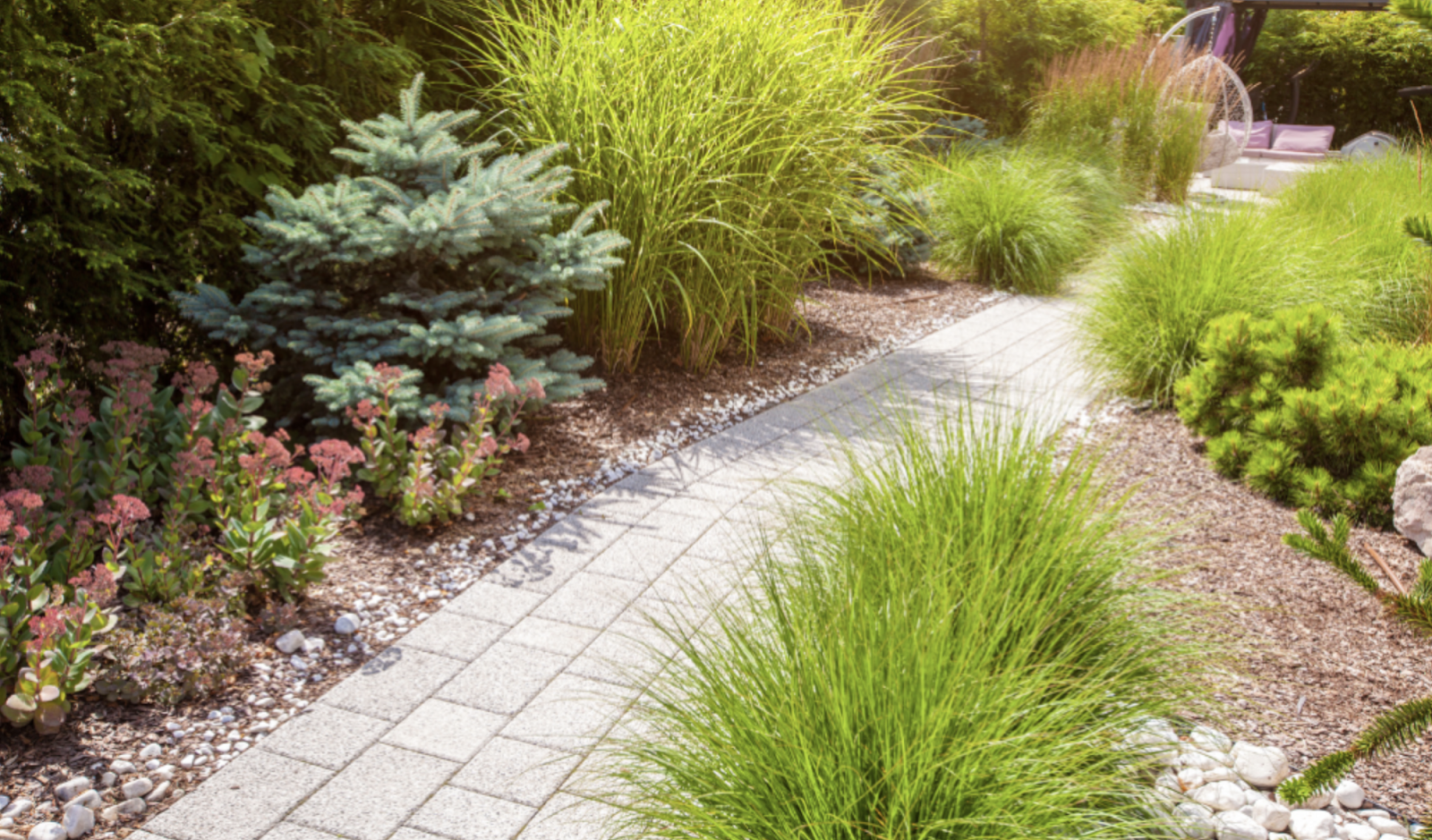
15/12/2024 | https://takecareoftexas.org/about-us/blog/how-cre...
Low-Maintenance Plant Choices for Texas
Texas gardeners face unique challenges, including intense heat, unpredictable rainfall, and droughts. Selecting low-maintenance plants suited for this climate can make gardening both enjoyable and efficient. Below are the top recommendations for Texas landscape ideas:
Native Plants
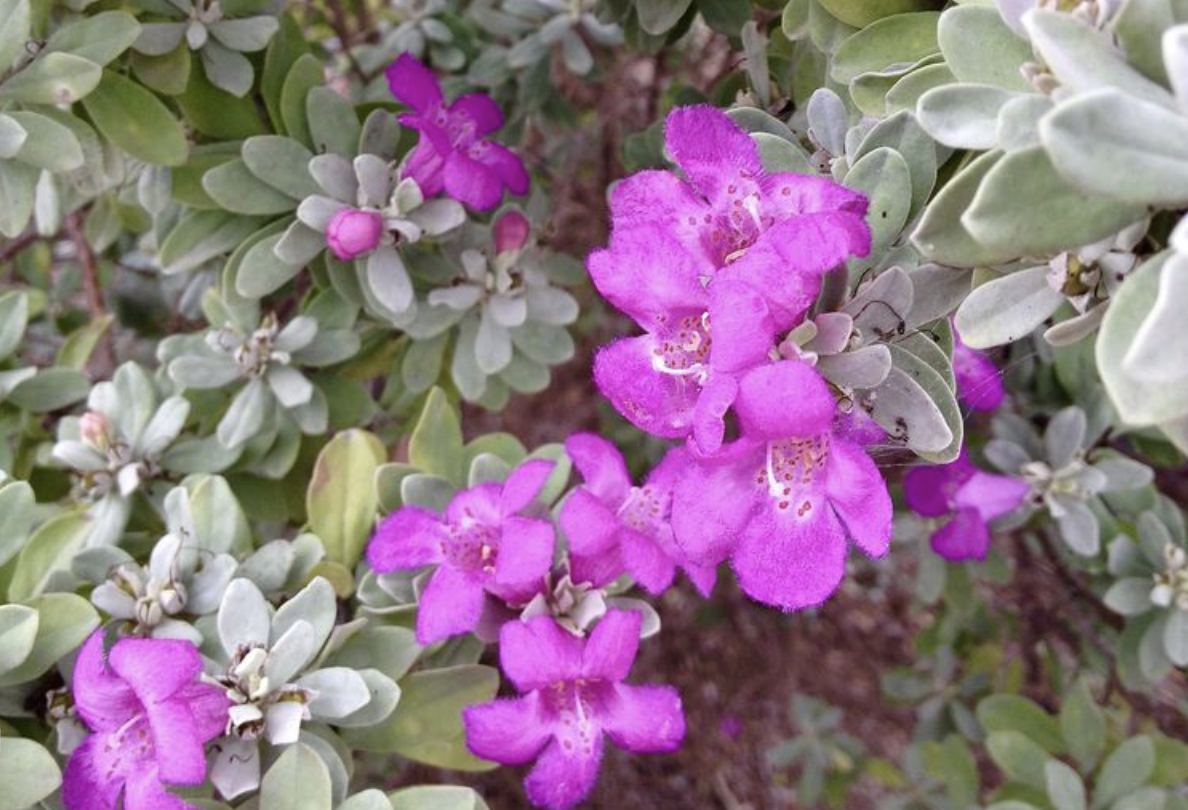
15/12/2024 | https://www.southernliving.com/texas-sage-7369241
Texas Sage, Agave, and Yucca are native options that thrive naturally with minimal care. These plants are well-adapted to Texas' arid conditions, requiring little water and attention.
- Texas Sage: Known for its silvery foliage and purple blooms, it is drought-tolerant and deer-resistant.
- Agave: This striking succulent requires full sun and excellent drainage and is perfect for xeriscaping.
- Yucca: This plant’s sword-like leaves and dramatic appearance make it a favorite, needing only occasional watering.
Drought-Tolerant Plants
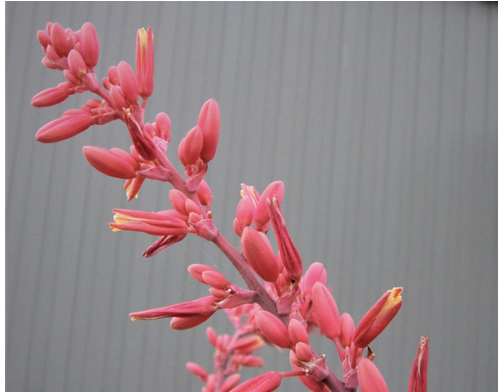
15/12/2024 | https://agrilifetoday.tamu.edu/2022/05/26/red-yuc...
In areas prone to water scarcity, Lantana, Blackfoot Daisy, and Red Yucca excel.
- Lantana: A colorful perennial with minimal watering needs, it attracts pollinators.
- Blackfoot Daisy: Its daisy-like flowers bloom almost year-round with little effort.
- Red Yucca: This heat-loving plant boasts coral-colored blooms that are irresistible to hummingbirds.
Perennials
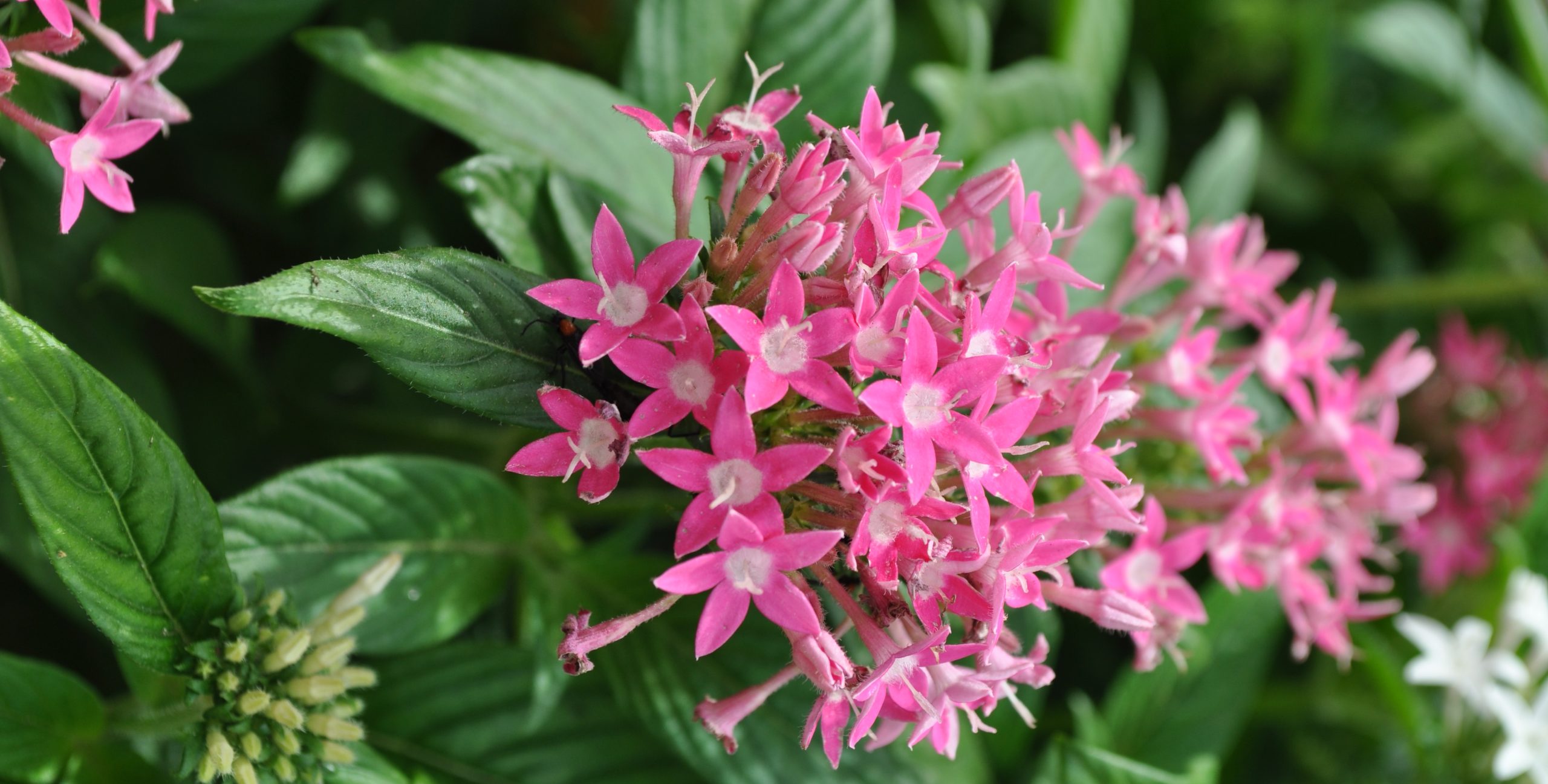
15/12/2024 | https://www.thelokengroup.com/tips-tricks/low-mai...
Perennials provide enduring beauty year after year, reducing replanting efforts. Options like Butterfly Pentas, Gold Star Esperanza, and Mexican Bush Sage combine low maintenance with vibrant displays.
- Butterfly Pentas: Its bright pink blooms thrive in full sun, attracting butterflies and hummingbirds.
- Gold Star Esperanza: Producing cheerful yellow flowers, it’s drought-tolerant and deer-resistant.
Mexican Bush Sage: Known for its striking purple spikes, it thrives in well-drained soil and full sun.
Companion Planting Ideas
By incorporating these resilient plants into your garden, you can achieve a stunning, low-maintenance landscape perfectly suited for Texas’ challenging conditions.
Consider grouping native and drought-tolerant plants to maximize water efficiency and enhance aesthetic appeal. For example, pair Red Yucca with Blackfoot Daisy for a mix of height and color. Alternatively, use Agave and Lantana for a vibrant yet hardy combination.
| Plant Name | Watering Needs | Sun Exposure | Seasonal Bloom |
| Texas Sage | Low | Full Sun | Summer to Fall |
| Lantana | Low | Full Sun | Spring to Fall |
| Butterfly Pentas | Moderate | Full to Partial Sun | Spring to Late Fall |
| Blackfoot Daisy | Low | Full Sun | Almost Year-Round |
| Gold Star Esperanza | Low | Full Sun | Late Spring to Fall |
| Mexican Bush Sage | Moderate | Full Sun | Summer to Fall |
Hardscaping Ideas for Minimal Upkeep
Hardscaping plays a pivotal role in low-maintenance backyard landscape ideas in Texas while enhancing its functionality and aesthetics. By incorporating elements such as patios, pathways, and rock gardens, you can minimize the time spent on mowing, watering, and other labor-intensive tasks.
Low-Maintenance Materials
When designing a yard that requires minimal upkeep, selecting the right materials is key. Gravel and decomposed granite are excellent choices for pathways and open spaces, as they allow water to seep through while preventing weed growth. Concrete and stone are durable options that require little to no maintenance, making them ideal for patios, driveways, and edging.
North Texas landscape ideas focus on hardy plants like junipers and drought-tolerant grasses, while South Texas landscape ideas highlight tropical options such as palms and agave. For front yard landscape ideas Texas homeowners love, combining native plants, stone pathways, and low-maintenance features creates a visually stunning and regionally appropriate design.
Paving & Pathways
Incorporating pathways into your yard design can significantly reduce lawn care and simplify outdoor navigation. Materials such as flagstone, pavers, and brick are not only visually appealing but also require minimal maintenance. Flagstone, for instance, is highly durable and resistant to cracking, making it perfect for walkways that experience heavy foot traffic.
When designing pathways, consider creating curved or meandering routes to add a sense of charm and natural flow to your landscape. These paths can be lined with low-maintenance edging materials like cobblestone or gravel to keep grass and weeds from creeping. Installing pathways also helps define spaces in your yard, separating garden beds, seating areas, and utility zones for better organization and reduced upkeep.
Mulching & Ground Covers
Mulch is a simple yet highly effective way to reduce yard work. By spreading mulch around trees, shrubs, and garden beds, you can suppress weed growth, retain soil moisture, and improve the health of your plants. Organic mulches like bark chips or shredded leaves decompose over time, enriching the soil with nutrients while maintaining a natural look.
Ground covers, on the other hand, provide a living alternative to mulch. Low-maintenance plants such as creeping thyme, golden star, and creeping phlox can spread across bare soil, creating a dense carpet that deters weeds and reduces erosion.
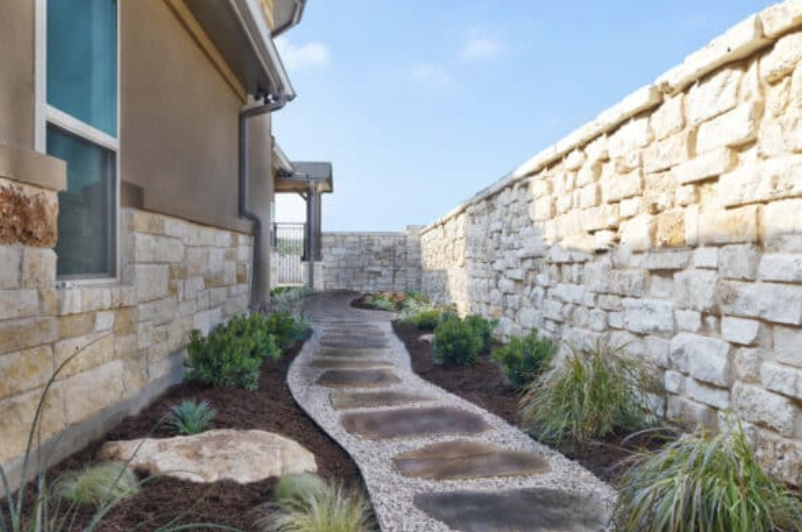
15/12/2024 | https://bestoftexaslandscapes.com/outdoor-design-...
Pro Tip: Use mulch from local materials to improve soil health while reducing watering needs
Xeriscaping for Water Conservation
Xeriscaping, a landscaping approach designed to conserve water, is especially vital in arid regions like Texas, where droughts and water restrictions are common. By utilizing drought-tolerant landscaping, low-maintenance Texas landscape ideas, efficient irrigation, and sustainable design principles, xeriscaping reduces water consumption while creating beautiful, low-maintenance yards. This method not only conserves resources but also lowers utility bills and minimizes upkeep.
The 7 Principles of Xeriscaping
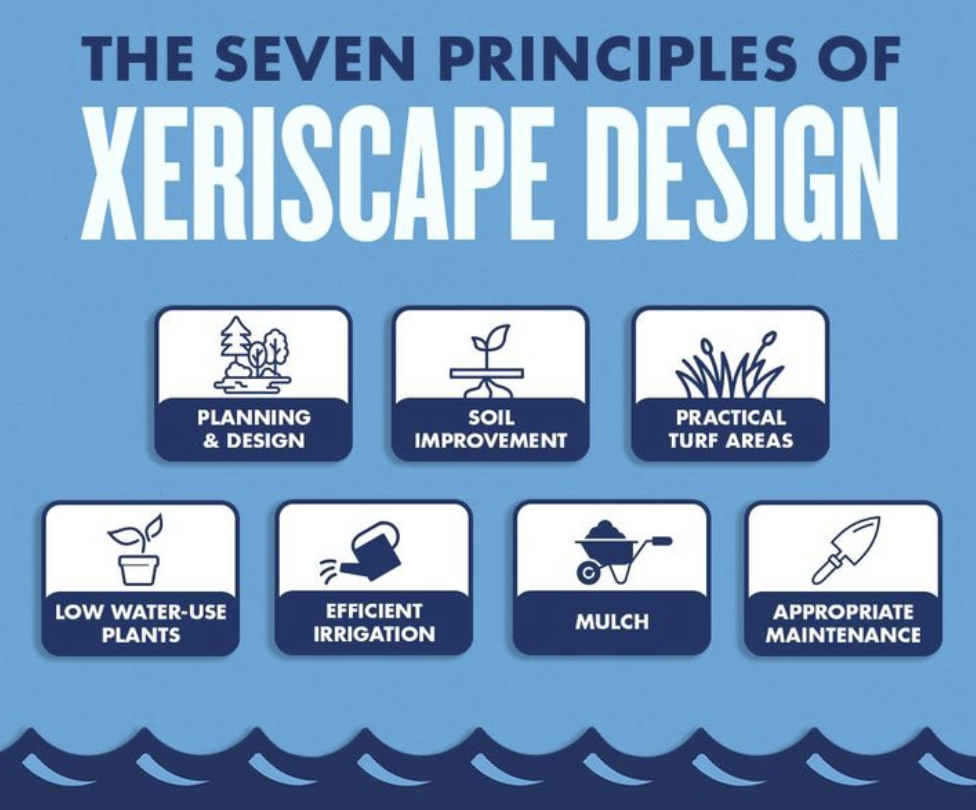
15/12/2024 | https://www.pinterest.com/pin/570620215299703963/
- Planning and Design
A comprehensive plan ensures that water-saving techniques are effectively implemented. Start by assessing your existing landscape and creating a scaled base plan on graph paper. Include elements like property boundaries, house outlines, sidewalks, and existing vegetation, as well as proper planning guides for plant selection and irrigation layout and optimizing water use.
- Soil Improvement
Understanding soil types—sandy or clay—is essential. While native plants adapt well to existing soils, non-native varieties may need amendments like compost to improve water retention and drainage. Tilling a layer of organic material, such as manure, 6 inches deep can significantly enhance soil quality.
- Efficient Irrigation
Group plants with similar water need to avoid over-irrigation. Use drip irrigation, bubbler emitters, or low-pressure sprinklers for precise watering. If watering manually, choose sprinklers that release large droplets close to the ground. Water deeply and infrequently, avoiding evaporation-prone hours between 10am and 6 p.m. Install rain sensors for automatic systems to prevent unnecessary watering during rainfall.
- Appropriate Plant Selection
Native and drought-tolerant plants thrive with minimal water. Examples include Texas sage, yucca, and agave. These plants also resist local pests and diseases, further reducing maintenance. Group high-water-use plants in shaded or low-lying areas to maximize natural moisture availability.
- Mulching
Mulch minimizes evaporation, regulates soil temperature, and suppresses weeds. Organic options like bark chips are ideal for new beds, while inorganic choices such as gravel work well in windy areas. For maximum effectiveness, apply mulch 2–4 inches deep.
- Reduced Lawn Areas
Limit traditional grass areas, as they require significant water. Replace turf with drought-resistant options like buffalo grass or install patios and rock gardens. This not only conserves water but also enhances yard aesthetics.
- Maintenance
Xeriscaped yards require less care over time. Initially, gardens may need watering, weeding, and pruning, but maintenance decreases as native plants establish themselves. Annual trimming of perennials and shrubs keeps the landscape tidy.
Examples of Xeriscaped Yards
Transforming a traditional yard or pool landscape ideas Texas into a xeriscaped paradise involves reducing turf areas, incorporating native plants, and using efficient irrigation. Before-and-after visuals often highlight the stark reduction in water use and the striking visual appeal of xeriscaped landscapes. A yard once dominated by thirsty bluegrass can become a vibrant space with native flowering plants, gravel pathways, and shaded sitting areas.
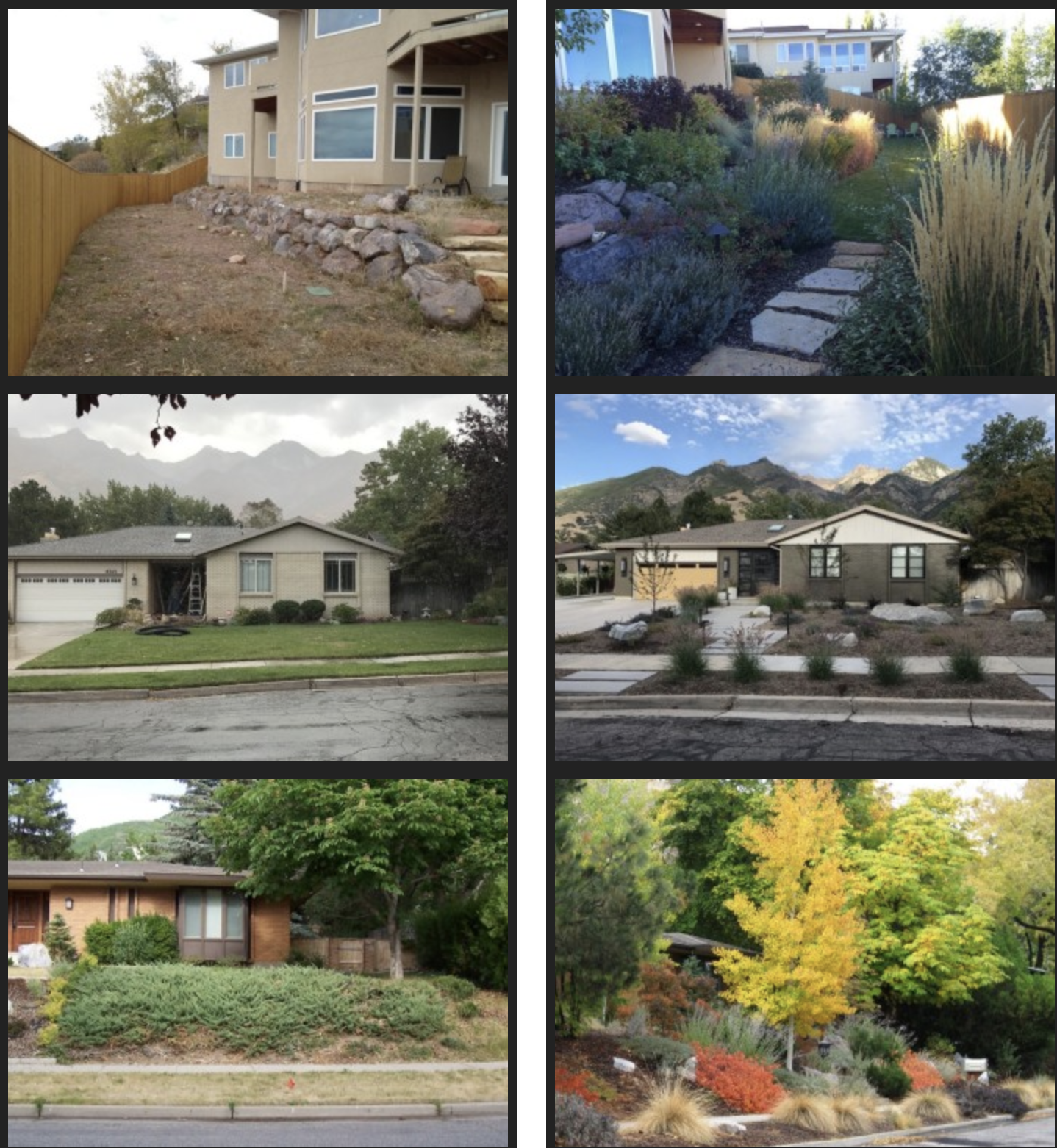
15/12/24 | https://xeriscapedesign.com/project-gallery/before-after
Practical Design Ideas
Xeriscaping doesn’t mean sacrificing beauty or creativity. With a thoughtful approach, homeowners can achieve low-maintenance landscapes that are both functional and visually appealing. Below are three inspiring design themes that balance aesthetics and water conservation.
Modern Minimalist Design
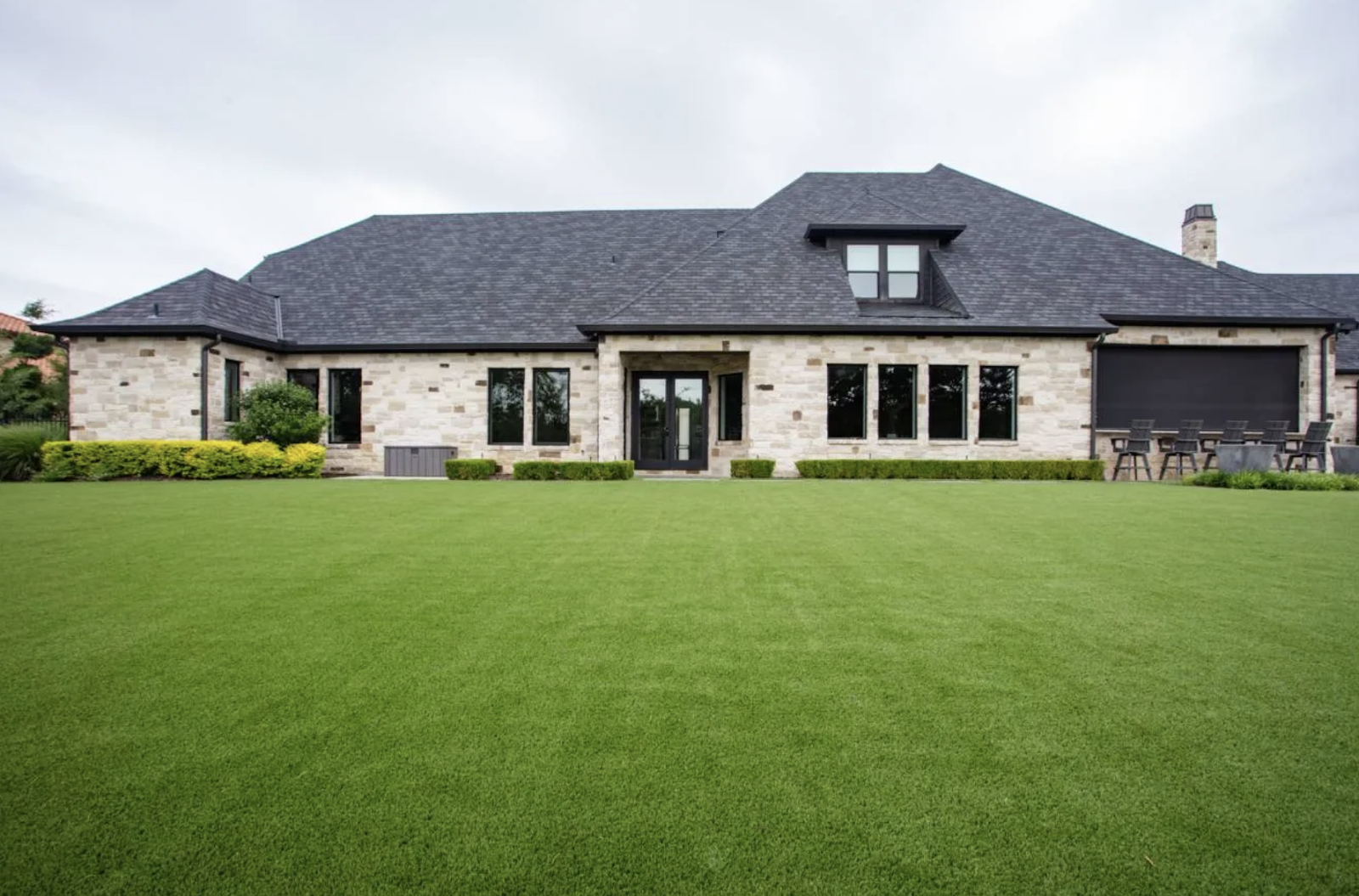
15/12/2024 | https://dfwturf.com/backyard-ideas-in-texas/
For those who prefer clean and contemporary aesthetics, modern minimalist xeriscaping is an excellent choice. This style emphasizes simplicity and structure through clean lines, neutral tones, and strategic plant placement. Gravel or crushed rock replaces traditional grass lawns, creating a sleek, low-maintenance ground cover.
Drought-tolerant plants such as ornamental grasses, agave, and yucca add sculptural appeal. These plants are often spaced apart to highlight their unique forms, with areas of open space enhancing the minimalist effect. Incorporating metal planters, concrete pavers, or geometric pathways can further improve the design's modern vibe while keeping maintenance needs to a minimum.
Rustic Texas Charm
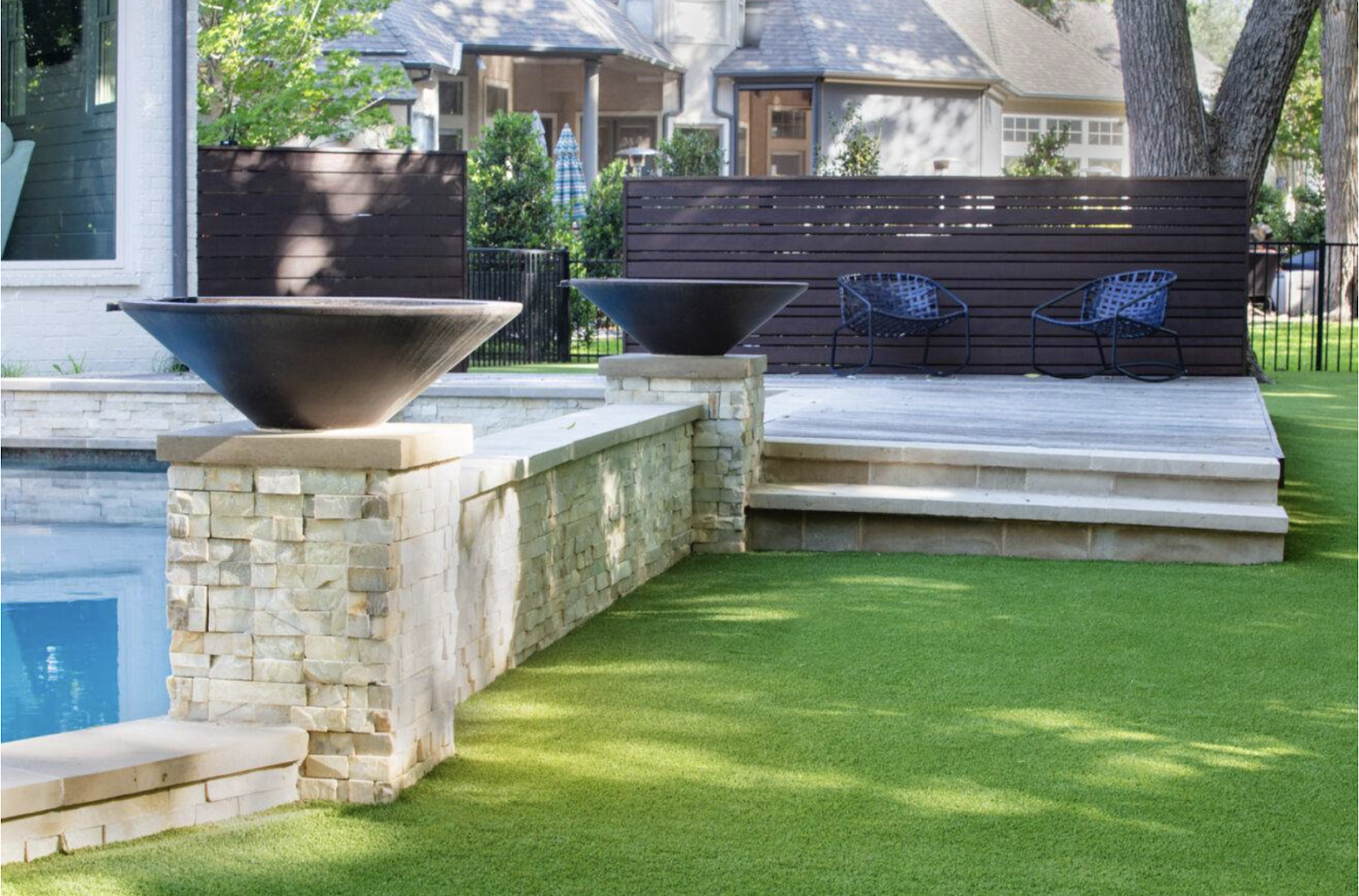
15/12/2024 | https://dfwturf.com/backyard-ideas-in-texas/
Celebrate the spirit of Texas with a rustic xeriscape design that blends native elements with rugged charm. Use local materials like native limestone or sandstone for pathways, edging, or retaining walls. Wooden features, such as weathered fences, pergolas, or benches, add warmth and character to the space.
Plant Texas wildflowers, like bluebonnets, Indian paintbrush, or black-eyed Susans, to introduce vibrant colors and attract pollinators. Complement these with drought-tolerant shrubs and grasses like Texas sage or muhly grass for texture. Rustic accents, like old barrels repurposed as planters or vintage garden tools, enhance the theme's charm without requiring intensive upkeep.
Cactus and Succulent Gardens
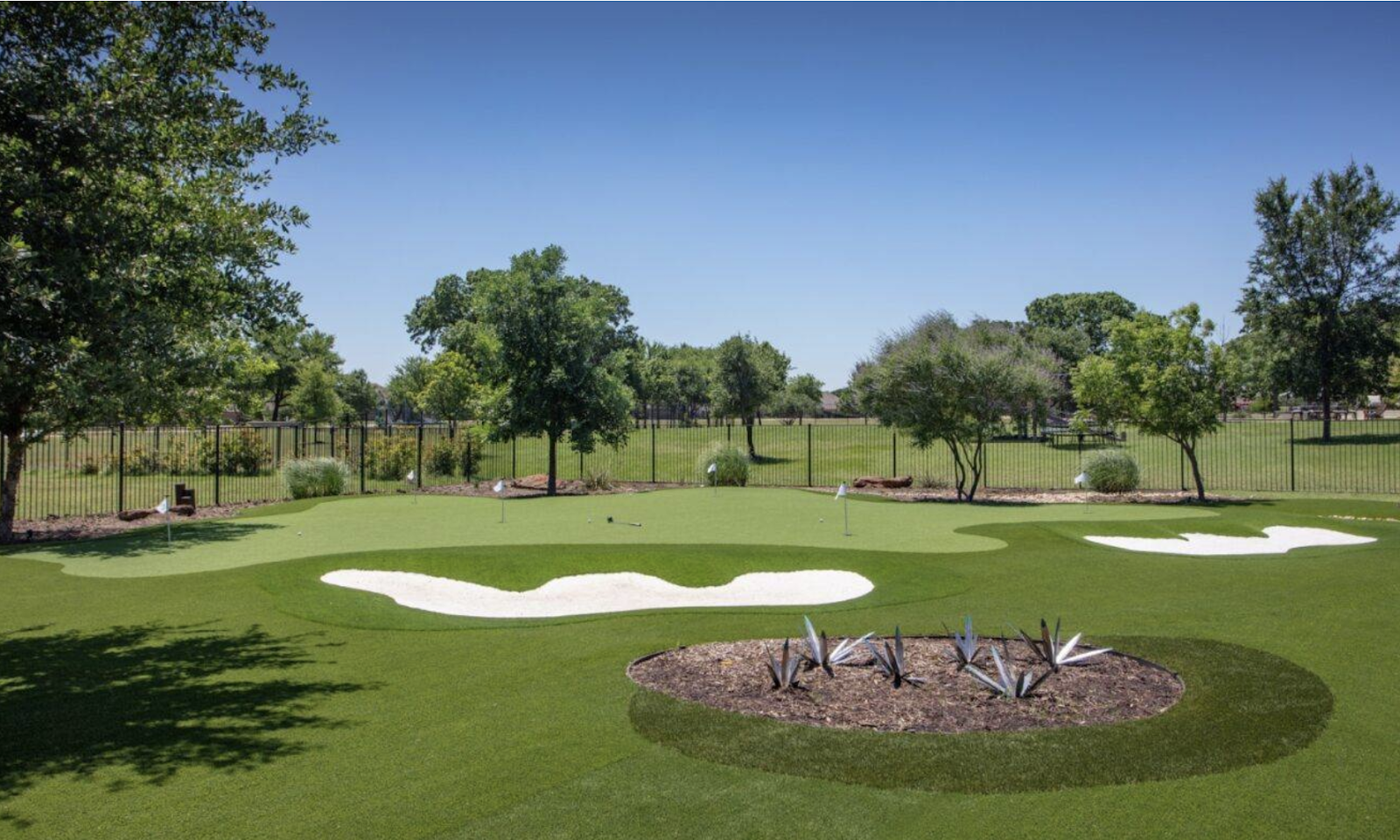
15/12/2024 | https://dfwturf.com/backyard-ideas-in-texas/
Cactus and succulent gardens are perfect for an ultra-low-maintenance design. These hardy, water-efficient plants thrive in hot, dry climates and require minimal attention. Create visual interest by arranging succulents like aloe, echeveria, and sedum in clusters of varying heights and colors.
Cacti, such as prickly pear or golden barrel, serve as dramatic focal points. Use decorative gravel, sand, or river rock to mimic a desert-like aesthetic. Adding elements like driftwood, terracotta pots, or a dry creek bed can further enhance the garden's appeal. These designs offer year-round beauty while significantly reducing water and maintenance needs.
Low-Maintenance Lawn Alternatives
Replacing or reducing traditional grass lawns is an effective way to conserve water and reduce maintenance costs. Several options are available for homeowners seeking to enhance their outdoor spaces without the hassle of frequent mowing or high water usage.
Artificial Turf offers a low-water, maintenance-free alternative to natural grass. This option eliminates the need for regular watering, mowing, or fertilizing. While it requires an initial investment, it is cost-effective in the long term due to its durability and minimal upkeep. The key advantage is its consistent, green appearance year-round, making it ideal for areas with extreme climates.
Ground Covers like clover, creeping thyme, or sedum are excellent no-mow alternatives. These plants thrive in a variety of conditions and are naturally drought-tolerant. Clover is particularly appealing for its lush, soft texture and ability to fix nitrogen in the soil, improving soil health. Creeping thyme and sedum offer beautiful ground coverage, but they require little water once established. These options also attract pollinators, contributing to a more biodiverse landscape.
Gravel or Rock Gardens are visually striking and easy to care for. By using various sizes of gravel or decorative stones, homeowners can create unique, low-maintenance spaces that are water-efficient. These gardens work well with drought-resistant plants and can be designed with winding paths, rock formations, or minimalist arrangements. The absence of grass reduces water usage significantly and eliminates mowing, making this a perfect choice for those looking to save on both maintenance and water costs.
| Lawn Alternative | Visual Appeal | Water Use | Cost | Maintenance |
| Artificial Turf | It can mimic natural grass and has customizable colors and textures. | None after installation. | High initial cost; long-term savings on water and maintenance. | Virtually none; occasional cleaning is needed. |
| Ground Covers | Lush and vibrant, it adds natural charm and attracts pollinators. | Minimal; some require occasional watering during establishment. | Moderate; depends on the plants chosen. | Low; minimal weeding and trimming required. |
| Gravel or Rock Gardens | Modern, clean look; versatile for various landscape designs. | None; excellent for xeriscaping. | Low to moderate, depending on rock types and design complexity. | Minimal; occasional raking to prevent debris buildup. |
DIY vs. Hiring a Professional
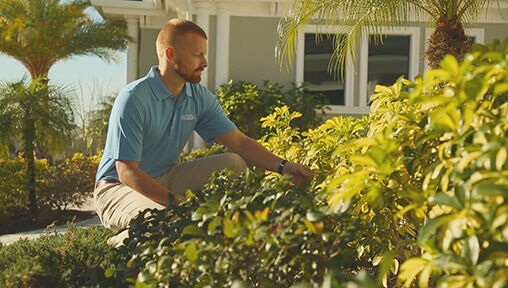
15/12/2024 | https://www.landscapeindustrycareers.org/discover-the-industry/career-paths/landscape-designer/
Deciding whether to tackle a landscaping project yourself or hire a professional involves evaluating your skills, budget, and desired outcomes. While DIY projects can be rewarding, professionals bring expertise and efficiency that can save you time and money in the long run.
DIY Landscaping is ideal for small-scale projects or simple upgrades. It allows you to save on labor costs, exercise creativity, and enjoy a hands-on approach. However, DIY requires a clear understanding of design principles, plant care, and material selection. Missteps, such as choosing the wrong plants or improper hardscaping, can lead to costly fixes.
Hiring a Professional is better suited for complex or large-scale projects. Landscapers offer tailored designs that optimize the functionality and aesthetics of your space. Their specialized knowledge helps prevent costly mistakes, ensuring plants and materials are suited to your region and needs. Professionals also streamline the construction process, balancing your budget and timeline while addressing drainage, lighting, and irrigation systems.
Category | DIY | Professional |
Skills Needed | Basic Gardening | Landscape design |
Costs Saved | Labor costs | Future repairs |
Benefits | Creative control | Cohesive design |
Conclusion
Creating a low-maintenance landscape doesn’t mean compromising on beauty or functionality. By incorporating thoughtful design ideas like modern minimalism, rustic Texas charm, or drought-resistant gardens, homeowners can enjoy visually stunning outdoor spaces with minimal effort.
Replacing traditional grass lawns with alternatives such as artificial turf, ground covers, or gravel gardens reduces upkeep while enhancing environmental sustainability. Whether taking a DIY approach or hiring a professional, it’s essential to plan carefully, focusing on long-term durability and ease of care.
Start small—add a few low-maintenance features and build upon them over time. Consider seasonal updates like swapping out planters, incorporating fresh mulch, or introducing seasonal blooms to keep your landscape vibrant throughout the year. By blending functionality with personal style, you can transform your yard into a hassle-free retreat that evolves with your needs.
Start Landscaping Like a Pro Today!
Ready to transform your outdoor space? Explore more low-maintenance landscaping tips and ideas today! For tailored advice, contact a local landscaper and bring your vision to life.
Looking for inspiration? Download the “Texas Landscape Planting Guide” to discover the best drought-tolerant plants and design tips for your region. Make your dream landscape a reality with expert guidance and resources!


